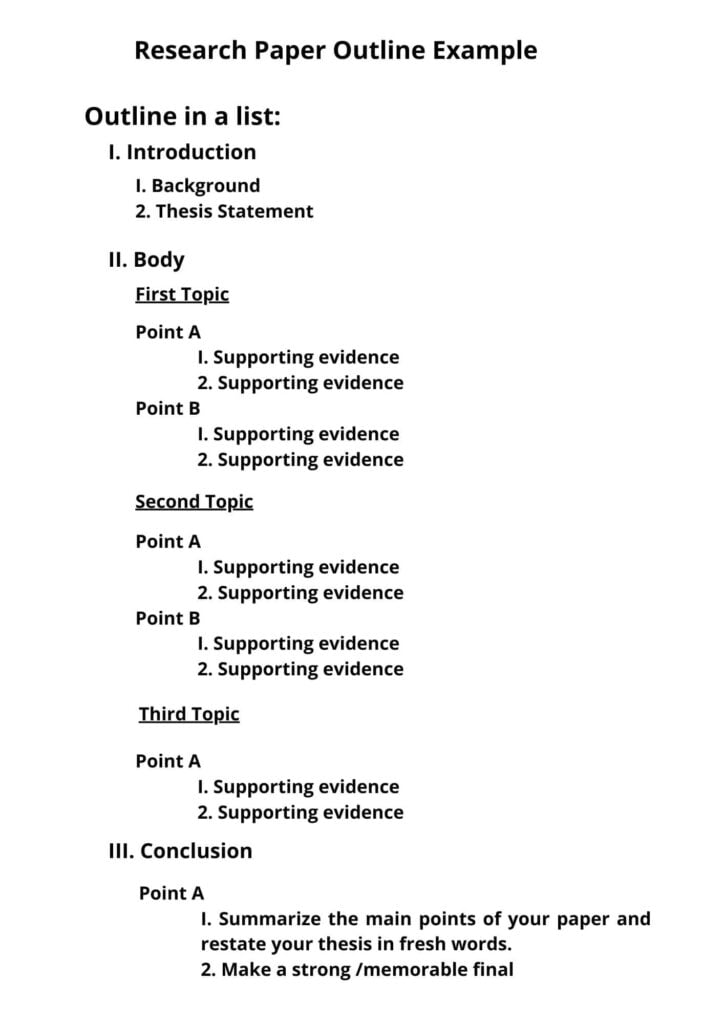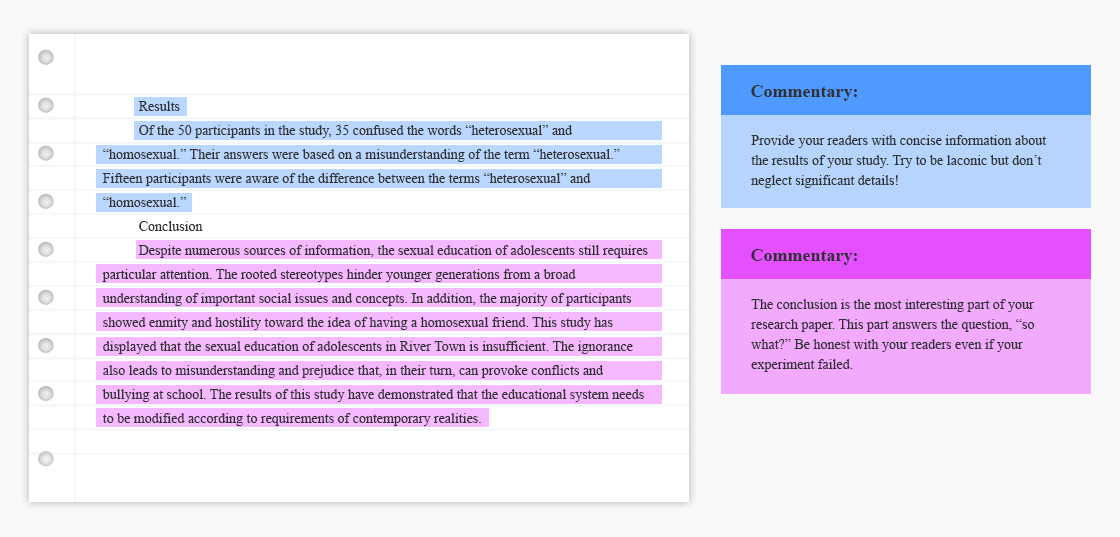A SWOT analysis paper will include four elements: Strengths, Weaknesses, Opportunities, and Threats. Using templates will help you visualize these factors. In addition, some templates include guiding questions to keep you focused on the right things. It is also a good idea to write your SWOT analysis on your own. Whether you are in business or in school, it is important to learn how to do this analysis properly.
Strengths
A SWOT analysis can be used to determine the strengths and weaknesses of an organization. Strengths are assets that a company has that it controls, such as its people, network, and skills. Weaknesses are external factors that can affect a company, such as the competition. A company’s weaknesses can affect its reputation or its ability to compete in the market. A strong SWOT analysis will include information about the company’s strengths, weaknesses, opportunities, trends, and threats.
A firm’s strengths are the factors that distinguish it from its competitors. These factors are often intangible, such as brand attributes, but can also be more specific, such as the company’s unique selling proposition. In addition, a firm’s strengths can be a key asset when it comes to attracting customers. For example, a company might have a strong set of manufacturing processes. Whatever the case, its strengths should represent its unique selling proposition.
Weaknesses
In SWOT analysis, the company’s strengths and weaknesses are compared to its opportunities and threats. While some weaknesses may be manageable, others are insurmountable. Ultimately, an organization must decide how to use the strengths and weaknesses of its organization to make it more competitive. Here are some examples of how SWOT analysis can be used to make better business decisions. And remember that your company’s strengths and weaknesses are a good starting point for an improvement plan.
One of the weaknesses of SWOT analysis is that it often does not produce meaningful results. For example, “modern equipment” could mean new machines in the shop or new technologies to communicate with suppliers. While the main purpose of SWOT analysis is to analyze your current state of affairs, it is often used to justify current practices and policies. This makes the analysis a poor choice for many companies. However, there are ways to improve your SWOT analysis, and this article will outline a few of the most common ones.
Opportunities
An effective SWOT analysis paper identifies your company’s strengths, weaknesses, opportunities, and threats. When used in strategic planning, a SWOT analysis provides you with valuable information that will help you develop action plans for your business. This analysis focuses on internal as well as external factors that can affect your business. Internal factors include your strengths and weaknesses, while external factors are the threats and opportunities you need to address in order to grow your business.
While strengths and weaknesses are internal factors that affect a company, opportunities are external factors that can enhance the company’s success. For example, currency fluctuations may be an external threat. External factors include macroeconomic, socio-cultural, and market environment changes. If your company’s weaknesses outweigh its strengths, you have an advantage over your competitors. An effective SWOT analysis will help you determine where your business stands against the competition and how to improve on it.
Threats
In the world of business, the threats are the things that can happen to your company. The first one is competition, and the second is the threat of failure. The threats include things like new competitors and supply shortages. These negative forces are external and do not benefit your company in any way. Therefore, you should always include threats in your SWOT analysis. These factors can affect the success of your business and may even threaten your survival.
When you conduct a SWOT analysis, you have to identify both internal and external factors. The external factors include the competitive advantages of your competitors, the economic downturn, and governmental policies. Identifying your threats and opportunities will help you develop effective strategies to meet these challenges. On the other hand, your strengths are the internal processes, behaviors, and activities of your company that contribute to its success. These factors can also help you enhance your competitive advantage.
Organizing your thoughts before writing a swot analysis paper
When writing a SWOT analysis paper, the first step is to organize your thoughts. List ideas and identify the connections between them. This will help you identify weaknesses and opportunities. You should move from one list to the next while maintaining your focus. If you aren’t sure how to write a SWOT analysis paper, download a free template and follow the directions carefully. The next step is to develop an outline for your paper.
Once you’ve outlined your main points, it’s time to begin the SWOT analysis itself. Organizing your thoughts before writing this paper will help you focus on a specific aspect of your business. It will help you identify issues and weaknesses and will help you get started with your paper. You can even create a chart to organize your thoughts before you begin writing. The goal of a SWOT analysis paper is to show how your strengths, weaknesses, and opportunities affect your business.
Steps to follow
A SWOT analysis involves identifying strengths, weaknesses, opportunities, and threats of a business. Typically, these elements are internal factors, such as a high churn rate. Threats can also be external, such as changing market conditions. The most important thing to keep in mind is to be objective. Once you’ve identified the elements of a business’s SWOT analysis, you can write the rest of the paper.
A SWOT analysis helps you understand your business better and improve your performance. You can use the results to improve your business strategy, minimize threats, and explore opportunities. A SWOT analysis can also inspire innovation and new ideas. Here are 8 steps to follow when writing a SWOT analysis paper:



